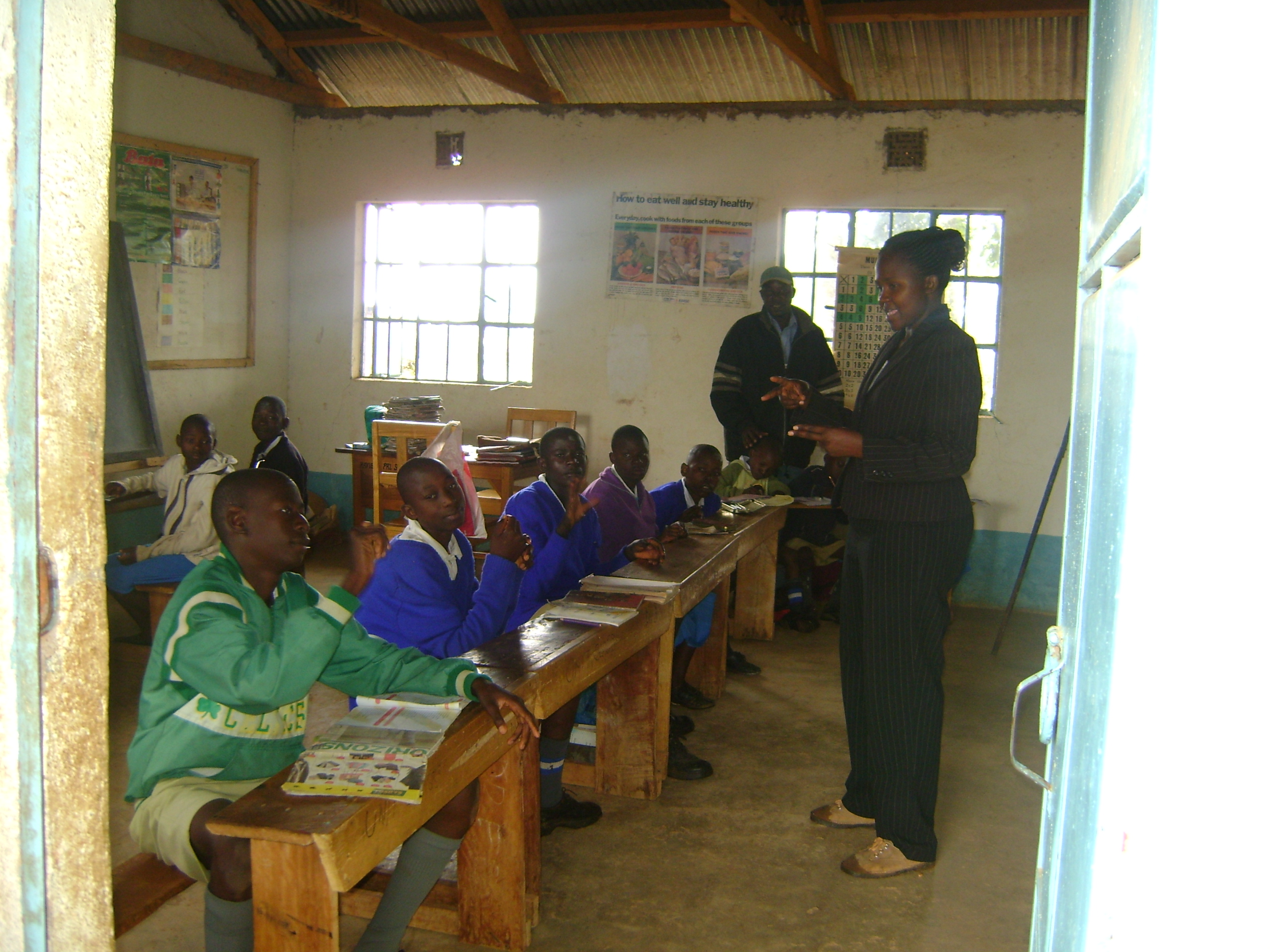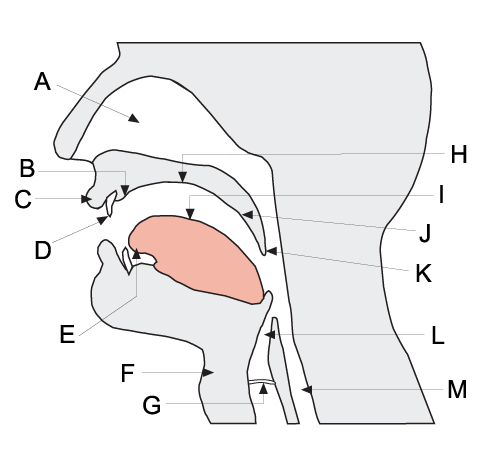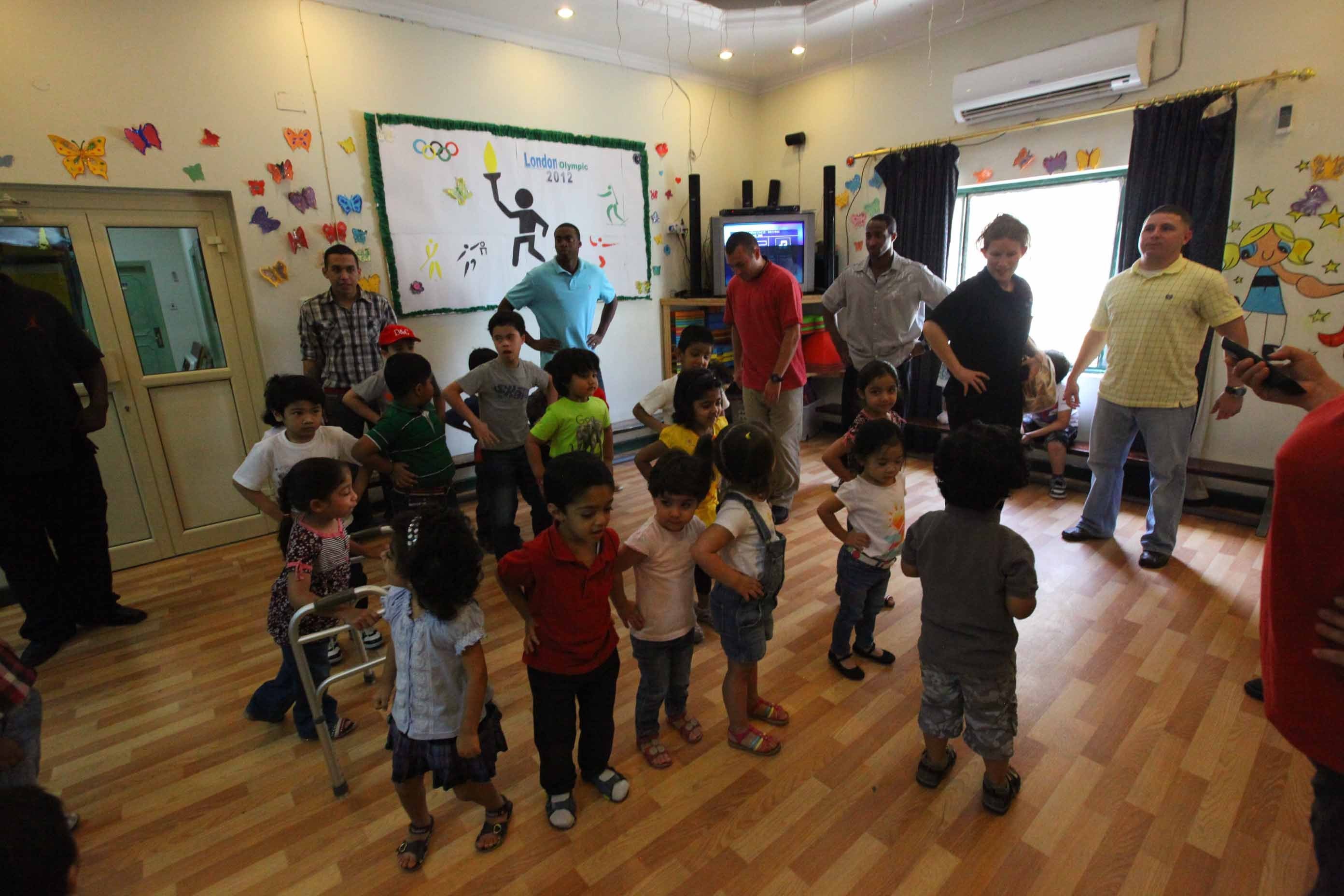|
Oralist
Oralism is the Education of the deaf, education of deaf students through oral language by using lip reading, speech, and mimicking the Articulatory phonetics, mouth shapes and breathing patterns of speech.Through Deaf Eyes. Diane Garey, Lawrence R. Hott. DVD, PBS (Direct), 2007. Oralism came into popular use in the United States around the late 1860s. In 1867, the Clarke School for the Deaf in Northampton, Massachusetts, was the first school to start teaching in this manner. Oralism and its contrast, manualism, manifest differently in deaf education and are a source of controversy for involved communities. Oralism should not be confused with Listening and Spoken Language, a technique for teaching deaf children that emphasizes the child's perception of auditory signals from hearing aids or cochlear implants. History Early 18th century Since the beginning of formal deaf education in the 18th century in the United States, manualism and oralism have been on opposing sides of a heated ... [...More Info...] [...Related Items...] OR: [Wikipedia] [Google] [Baidu] |
Education Of The Deaf
Deaf education is the education of students with any degree of hearing loss, hearing loss or deafness. This may involve, but does not always, individually-planned, systematically-monitored teaching methods, adaptive materials, accessible settings, and other interventions designed to help students achieve a higher level of self-sufficiency and success in the school and community than they would achieve with a typical classroom education. There are different language modalities used in educational setting where students get varied communication methods. A number of countries focus on training teachers to teach deaf students with a variety of approaches and have organizations to aid deaf students. Identifying deaf students Children may be identified as candidates for deaf education from their audiogram or medical history. Hearing loss is generally described as slight, mild, moderate, severe, or profound, depending upon how well a person can hear the intensities of frequencies. Of ... [...More Info...] [...Related Items...] OR: [Wikipedia] [Google] [Baidu] |
Manualism
Manualism is a method of education of deaf students using sign language within the classroom. Manualism arose in the late 18th century with the advent of free public schools for the deaf in Europe. These teaching methods were brought over to the United States where the first school for the deaf was established in 1817. Today manualism methods are used in conjunction with oralism methods in the majority of American deaf schools. Origins The first manual schools were in Paris, France. Abbe de l’Épée, a Catholic priest, encountered two teenage deaf girls while he visited a family in the poor part of the city. He decided to take it upon himself to educate them. He invented a technique called "methodical signing" from the signs the girls already used, with the combination of methods influenced by the writings of Johann Konrad Ammann and Juan Pablo Bonet. He created a one-hand manual alphabet to be able to fingerspell French words. L’Épée opened a free national school for ... [...More Info...] [...Related Items...] OR: [Wikipedia] [Google] [Baidu] |
Deaf Education
Deaf education is the education of students with any degree of hearing loss or deafness. This may involve, but does not always, individually-planned, systematically-monitored teaching methods, adaptive materials, accessible settings, and other interventions designed to help students achieve a higher level of self-sufficiency and success in the school and community than they would achieve with a typical classroom education. There are different language modalities used in educational setting where students get varied communication methods. A number of countries focus on training teachers to teach deaf students with a variety of approaches and have organizations to aid deaf students. Identifying deaf students Children may be identified as candidates for deaf education from their audiogram or medical history. Hearing loss is generally described as slight, mild, moderate, severe, or profound, depending upon how well a person can hear the intensities of frequencies. Of the children ... [...More Info...] [...Related Items...] OR: [Wikipedia] [Google] [Baidu] |
Gardiner Greene Hubbard
Gardiner Greene Hubbard (August 25, 1822 – December 11, 1897) was an American lawyer, financier, and community leader. He was a founder and first president of the National Geographic Society; a founder and the first president of the Bell Telephone Company which later evolved into AT&T, at times the world's largest telephone company; a founder of the journal ''Science;'' and an advocate of oral speech education for the deaf. One of his daughters, Mabel Gardiner Hubbard, married Alexander Graham Bell. Early life Hubbard was born, raised and educated in Boston, Massachusetts to Samuel Hubbard (June 2, 1785 – December 24, 1847), a Massachusetts Supreme Court justice, and Mary Ann Greene (April 19, 1790 – July 10, 1827).Gardiner Greene Hubbard genealogy OurFamilyTree.org website ... [...More Info...] [...Related Items...] OR: [Wikipedia] [Google] [Baidu] |
Edward M
Edward is an English given name. It is derived from the Anglo-Saxon name ''Ēadweard'', composed of the elements '' ēad'' "wealth, fortune; prosperous" and '' weard'' "guardian, protector”. History The name Edward was very popular in Anglo-Saxon England, but the rule of the Norman and Plantagenet dynasties had effectively ended its use amongst the upper classes. The popularity of the name was revived when Henry III named his firstborn son, the future Edward I, as part of his efforts to promote a cult around Edward the Confessor, for whom Henry had a deep admiration. Variant forms The name has been adopted in the Iberian peninsula since the 15th century, due to Edward, King of Portugal, whose mother was English. The Spanish/Portuguese forms of the name are Eduardo and Duarte. Other variant forms include French Édouard, Italian Edoardo and Odoardo, German, Dutch, Czech and Romanian Eduard and Scandinavian Edvard. Short forms include Ed, Eddy, Eddie, Ted, Teddy and Ned ... [...More Info...] [...Related Items...] OR: [Wikipedia] [Google] [Baidu] |
Articulation (phonetics)
The field of articulatory phonetics is a subfield of phonetics that studies articulation and ways that humans produce speech. Articulatory phoneticians explain how humans produce speech sounds via the interaction of different physiological structures. Generally, articulatory phonetics is concerned with the transformation of aerodynamic energy into acoustic energy. Aerodynamic energy refers to the airflow through the vocal tract. Its potential form is air pressure; its kinetic form is the actual dynamic airflow. Acoustic energy is variation in the air pressure that can be represented as sound waves, which are then perceived by the human auditory system as sound. Respiratory sounds can be produced by expelling air from the lungs. However, to vary the sound quality in a way useful for speaking, two speech organs normally move towards each other to contact each other to create an obstruction that shapes the air in a particular fashion. The point of maximum obstruction is called the ' ... [...More Info...] [...Related Items...] OR: [Wikipedia] [Google] [Baidu] |
Simultaneous Communication
Simultaneous communication, SimCom, or sign supported speech (SSS) is a technique sometimes used by deaf, hard-of-hearing or hearing sign language users in which both a spoken language and a manual variant of that language (such as English and manually coded English) are used simultaneously. While the idea of communicating using two modes of language seems ideal in a hearing/deaf setting, in practice the two languages are rarely relayed perfectly. Often the native language of the user (usually spoken language for the hearing person and sign language for the deaf person) is the language that is strongest, while the non-native language degrades in clarity. In an educational environment this is particularly difficult for deaf children as a majority of teachers who teach the deaf are hearing. Results from surveys taken indicate that communication for students is indeed signing (about 2/3 of the population of students), and that the signing leans more toward English rather than ASL. His ... [...More Info...] [...Related Items...] OR: [Wikipedia] [Google] [Baidu] |
Total Communication
Total communication (TC) is an approach to communicating that aims to make use of a number of modes of communication such as signed, oral, auditory, written and visual aids, depending on the particular needs and abilities of the person. History The term "Total Communication", though, and its specific philosophy, was first used by Roy Holcomb in California.Nagengast, Larry. (1973) Deafness no handicap to newcomer. ''The Morning News'' (September 4, 1973), p. 11. It was adopted by the Maryland school as the official name for their educational philosophy. TC was supposed to find a middle ground in age-old disputes between oralism and manualism, and as an alternative to simultaneous communication Simultaneous communication, SimCom, or sign supported speech (SSS) is a technique sometimes used by deaf, hard-of-hearing or hearing sign language users in which both a spoken language and a manual variant of that language (such as English and man .... In practice, however, most total comm ... [...More Info...] [...Related Items...] OR: [Wikipedia] [Google] [Baidu] |
Hearing Loss
Hearing loss is a partial or total inability to Hearing, hear. Hearing loss may be present at birth or acquired at any time afterwards. Hearing loss may occur in one or both ears. In children, hearing problems can affect the ability to Language acquisition, acquire spoken language, and in adults it can create difficulties with social interaction and at work. Hearing loss can be temporary or permanent. Presbycusis, Hearing loss related to age usually affects both ears and is due to cochlear hair cell loss. In some people, particularly older people, hearing loss can result in loneliness. Deafness, Deaf people usually have little to no hearing. Hearing loss may be caused by a number of factors, including: genetics, ageing, Noise-induced hearing loss, exposure to noise, some infections, birth complications, trauma to the ear, and certain medications or toxins. A common condition that results in hearing loss is chronic ear infections. Certain infections during pregnancy, such as cyt ... [...More Info...] [...Related Items...] OR: [Wikipedia] [Google] [Baidu] |
Milan
Milan ( , , Lombard: ; it, Milano ) is a city in northern Italy, capital of Lombardy, and the second-most populous city proper in Italy after Rome. The city proper has a population of about 1.4 million, while its metropolitan city has 3.26 million inhabitants. Its continuously built-up urban area (whose outer suburbs extend well beyond the boundaries of the administrative metropolitan city and even stretch into the nearby country of Switzerland) is the fourth largest in the EU with 5.27 million inhabitants. According to national sources, the population within the wider Milan metropolitan area (also known as Greater Milan), is estimated between 8.2 million and 12.5 million making it by far the largest metropolitan area in Italy and one of the largest in the EU.* * * * Milan is considered a leading alpha global city, with strengths in the fields of art, chemicals, commerce, design, education, entertainment, fashion, finance, healthcar ... [...More Info...] [...Related Items...] OR: [Wikipedia] [Google] [Baidu] |
Sign Language
Sign languages (also known as signed languages) are languages that use the visual-manual modality to convey meaning, instead of spoken words. Sign languages are expressed through manual articulation in combination with non-manual markers. Sign languages are full-fledged natural languages with their own grammar and lexicon. Sign languages are not universal and are usually not mutually intelligible, although there are also similarities among different sign languages. Linguists consider both spoken and signed communication to be types of natural language, meaning that both emerged through an abstract, protracted aging process and evolved over time without meticulous planning. Sign language should not be confused with body language, a type of nonverbal communication. Wherever communities of deaf people exist, sign languages have developed as useful means of communication and form the core of local Deaf cultures. Although signing is used primarily by the deaf and hard of hearing, ... [...More Info...] [...Related Items...] OR: [Wikipedia] [Google] [Baidu] |
Mainstreaming (education)
Mainstreaming, in the context of education, is the practice of placing students with special education needs in a general education classroom during specific time periods based on their skills. To clarify, this means students who are a part of the special education classroom will join the regular education classroom at certain times which are fitting for the special education student. These students may attend art or physical education in the regular education classrooms. Sometimes these students will attend math and science in a separate classroom, but attend English in a general education classroom. Schools that practice mainstreaming believe that students with special needs who cannot function in a general education classroom to a certain extent belong in the special education environment. Access to a special education classroom, often called a "separate classroom or resource room", is valuable to the student with a disability. Students have the ability to work one-to-one wit ... [...More Info...] [...Related Items...] OR: [Wikipedia] [Google] [Baidu] |



.jpg)




